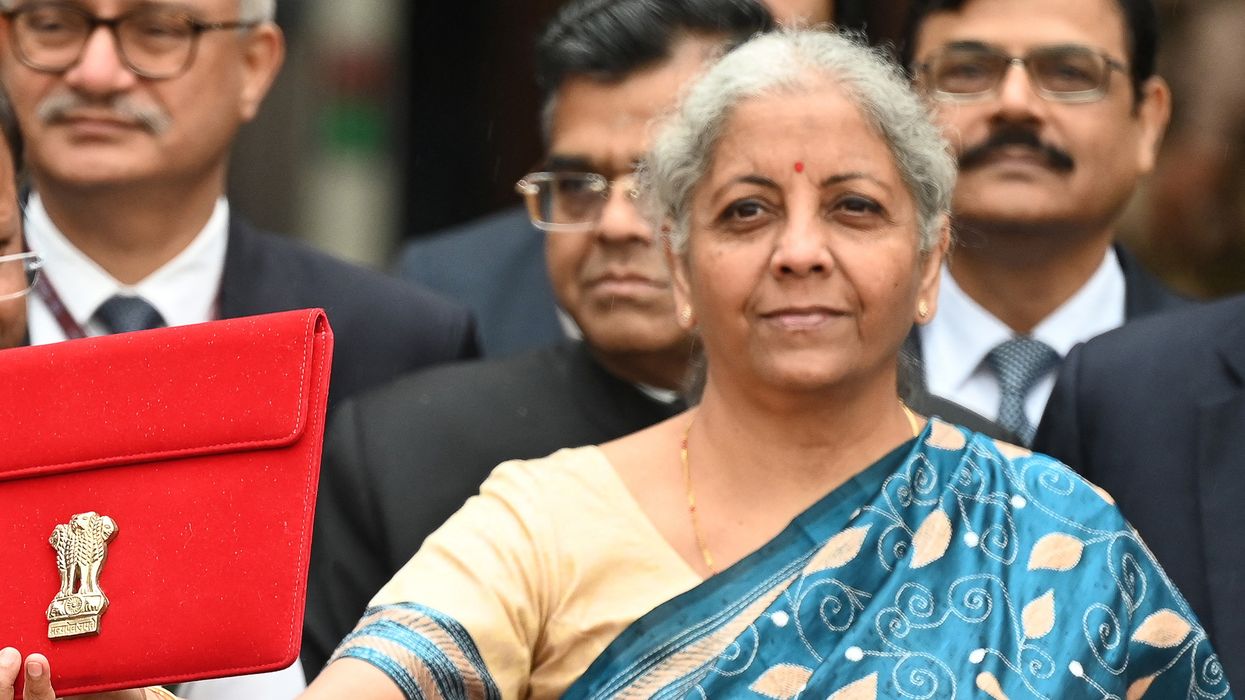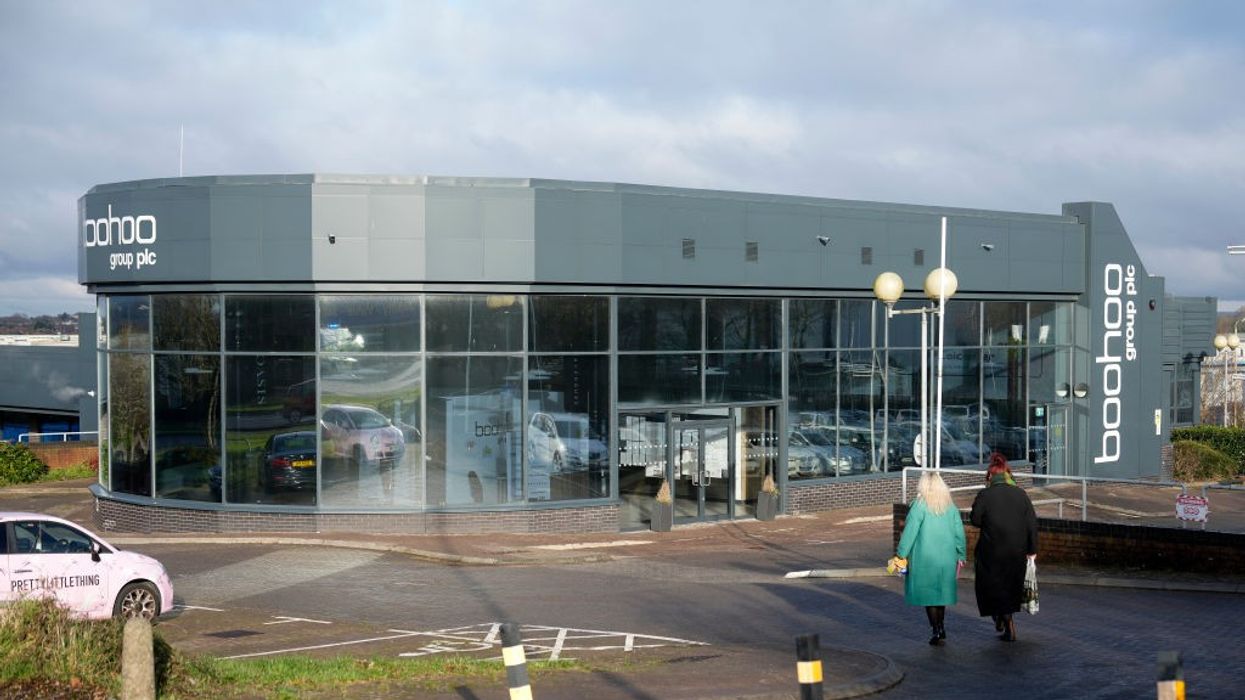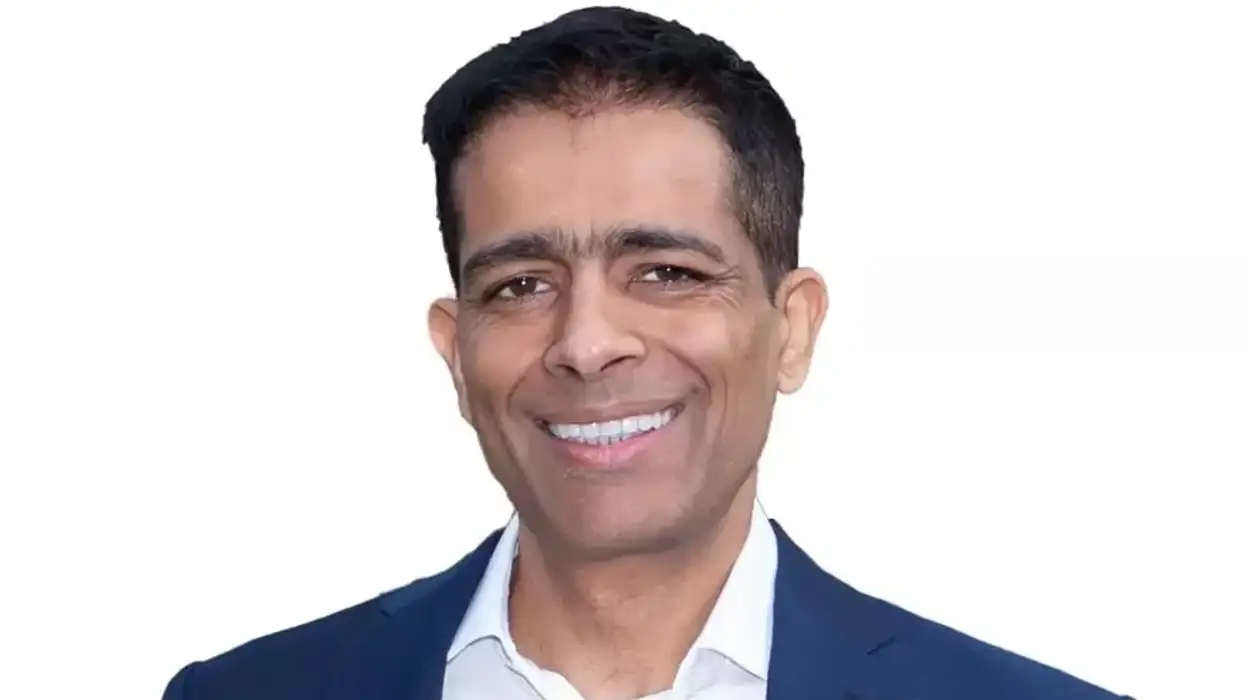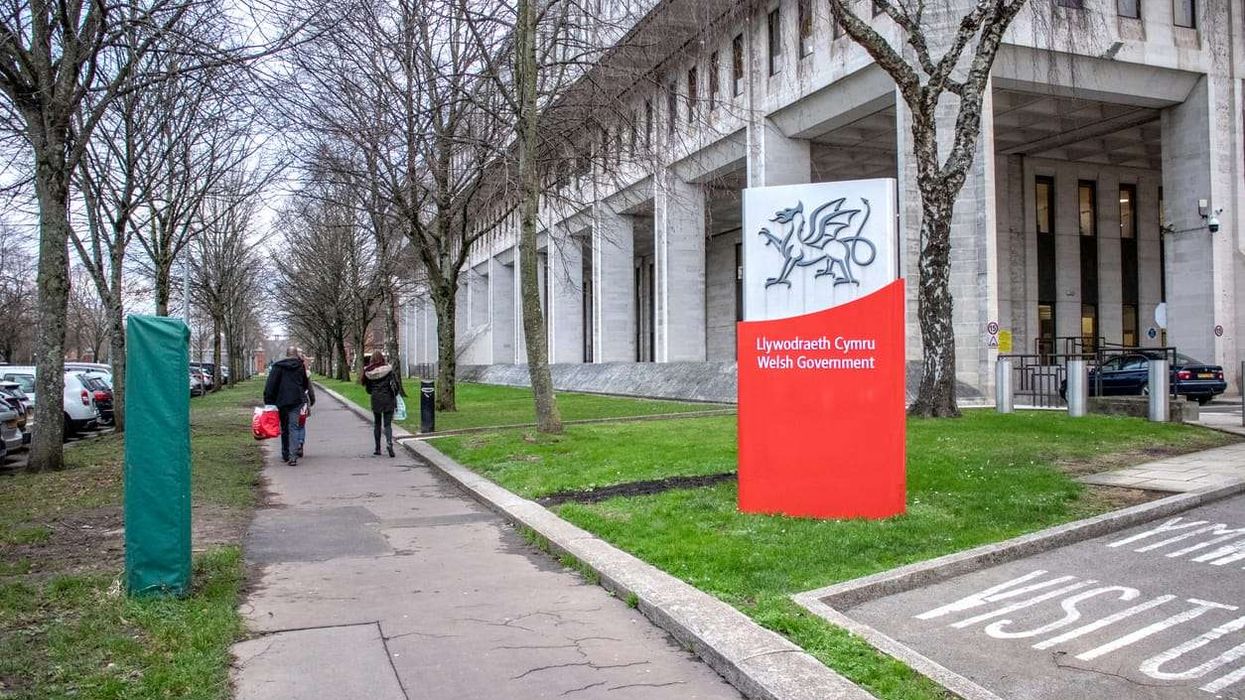INDIAN prime minister Narendra Modi's government will present the annual budget on 1 February, with a focus on economic growth, job creation, and trade policies amid global uncertainties.
Finance minister Nirmala Sitharaman will deliver the budget speech.
The budget comes as India faces slowing economic growth, inflation concerns, and trade disruptions. Economists expect measures to boost disposable income, support local manufacturing, and provide relief to the middle class.
"We could see a nod from the government, to signal to the middle class that we are aware of your challenges and we would like to raise disposable incomes, which increases spending power," Priyanka Kishore, director and principal economist at Asia Decoded, said.
The government is considering personal income tax cuts, Reuters reported last month. Tariff reductions on key imports to encourage domestic manufacturing are also expected. Dhiraj Nim, an economist at ANZ, said tax cuts on fuel and cooking gas may also be introduced.
India’s job market remains a concern despite strong economic growth. Last year’s budget allocated nearly £19.4 billion over five years for job creation programmes, but these schemes have not yet been implemented due to delays in finalising details.
"They will focus more on direct measures for employment generation and skilling," Kishore said.
Trade policies and global supply chain strategy
India is also preparing for potential disruptions from US trade policies. To support local production, the government may offer lower tax rates to companies manufacturing in India, reduce import duties on intermediate goods, and increase tariffs to counter cheaper imports from China, Nomura economists said.
India sees an opportunity to gain a larger share of the global supply chain due to trade shifts. A government source said India is considering import tax cuts on components used in local production, including mobile phone parts like printed circuit board assemblies, camera module components, and USB cables.
Additionally, the government may introduce incentives for the textile and garment industry, including financial support and tariff reductions on key inputs. This comes as Bangladesh’s exports face challenges due to political instability.
Infrastructure spending will likely remain a priority. Government spending in this sector has played a key role in recent economic growth, but the current fiscal year’s £102.8 billion infrastructure allocation is expected to fall short of targets, according to ICRA economists.
The budget is also expected to increase spending for the agriculture sector by around 15 per cent, the highest increase in six years, alongside moderate increases in key subsidies to support rural economic recovery.
Fiscal strategy and growth outlook
India plans to project higher economic growth in the budget, according to Reuters. The economy is expected to grow between 6.3 per cent and 6.8 per cent in the next fiscal year, lower than the 8.2 per cent growth recorded in 2023-24 but in line with global forecasts.
"Headwinds to growth include elevated geopolitical and trade uncertainties and possible commodity price shocks," the Finance Ministry said in its annual economic survey.
The government will have to balance spending measures with its fiscal constraints. India’s fiscal debt-to-GDP ratio remains above 80 per cent, which is high for emerging markets, Nim said. The fiscal deficit target for the next financial year is expected to remain at 4.5 per cent of GDP, according to a Reuters poll.
With limited fiscal space, the burden of economic recovery may shift to the Reserve Bank of India, analysts said. The government is expected to borrow £132.7 bn in the next fiscal year, slightly higher than this year’s £130.2 bn borrowing plan.
Focus on women, the middle class, and social policies
Modi has indicated that the budget will include measures to support women, the middle class, and lower-income groups.
Speaking before the budget session, he referred to Lakshmi, the Hindu goddess of wealth, and said he prayed for "special blessings for the poor and middle class."
He also stressed the need for ensuring equal rights for women, free from religious and sectarian divides. "Significant decisions towards this goal will be taken during this session," Modi said.
India's president Droupadi Murmu, in her address to parliament, echoed the government’s focus on economic policies benefiting the poor, middle class, youth, women, and farmers.
"The nation is witnessing major decisions and policies being implemented at an extraordinary speed, with the highest priority given to the poor, middle class, youth, women, and farmers," she said.
The budget session will also include discussions on various policy bills and proposals. Modi said these measures will strengthen the country’s economy and governance framework.
(With inputs from agencies)













